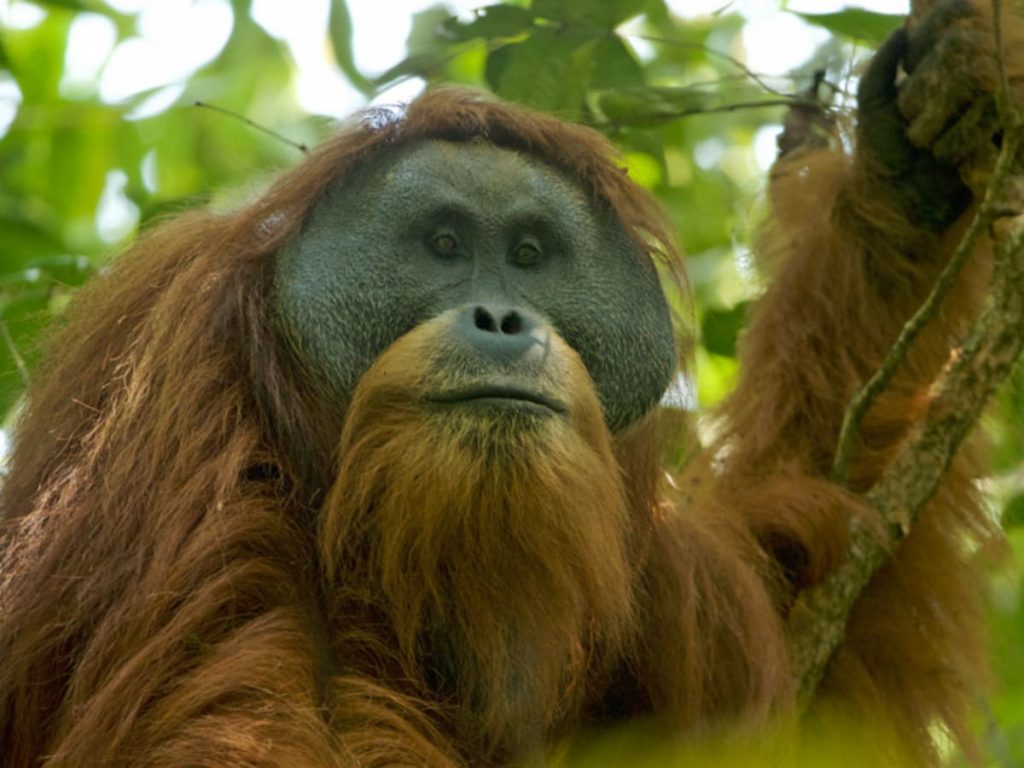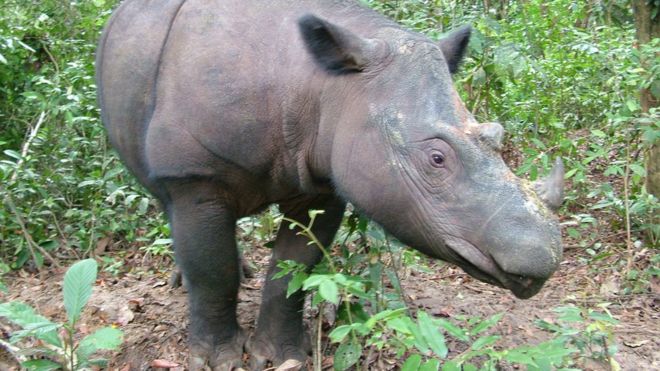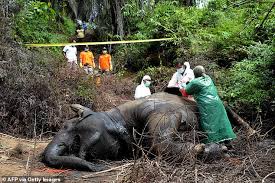Indonesia is a archipelago of islands. Once connected to the Asian mainland, animals were able to make their way along the peninsular. When sea levels rose in the ancient past they were marooned on the islands.
Once they were found on a few islands including Bali and Java. They are now only found Sumatra. Sumatra is thought to have 400 tigers in 2010. This is down from as many as 1000 back in 1978.
San diago zoo estimate the number remaining in the wild at 400-600, but I cannot find any reason for this higher band.
It is possible that the tiger population has increased a bit, but in certainly has not doubled.





